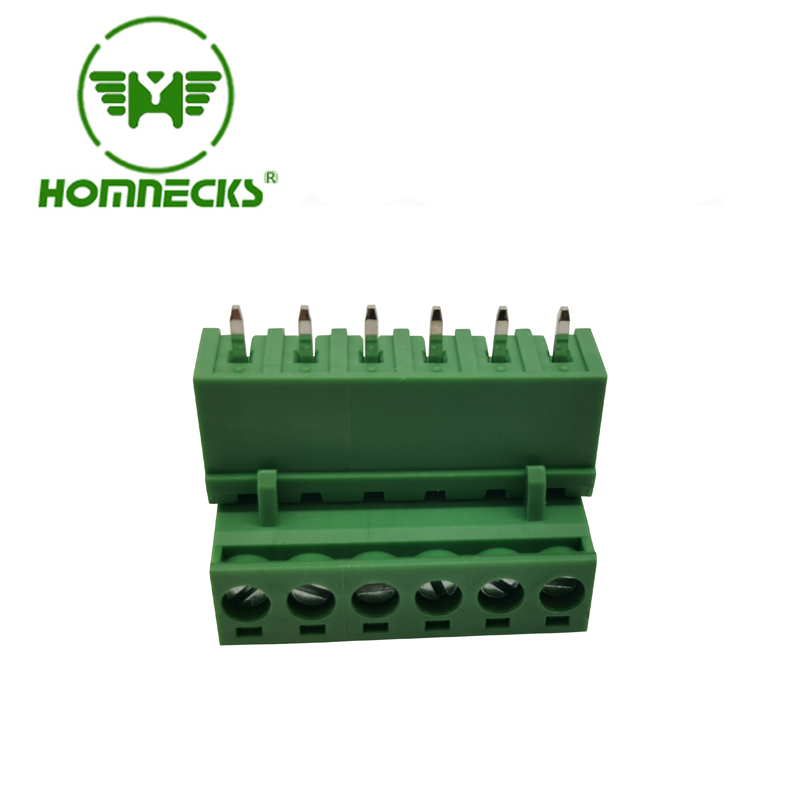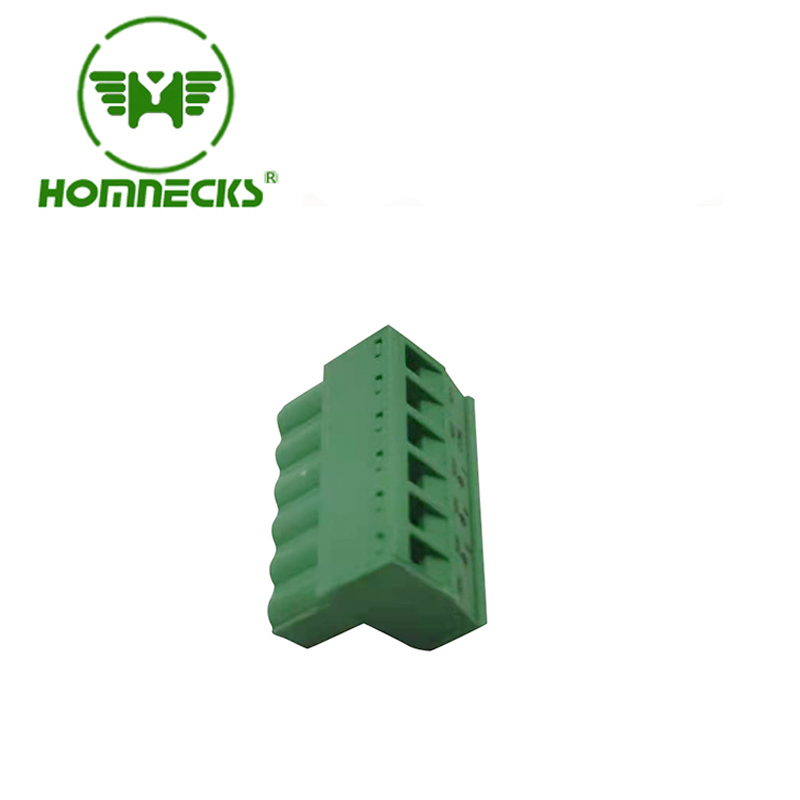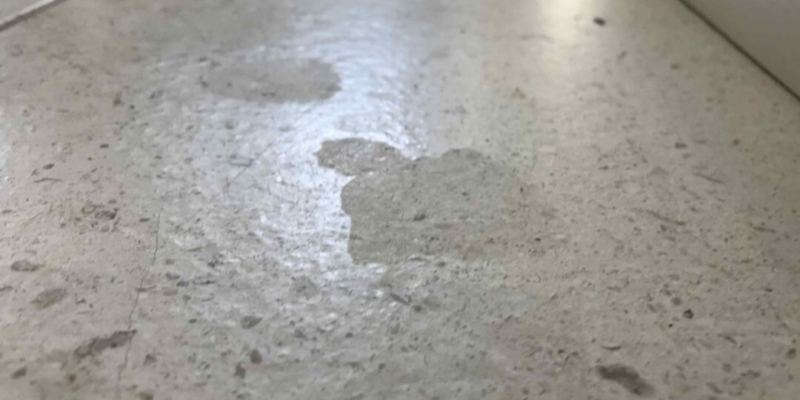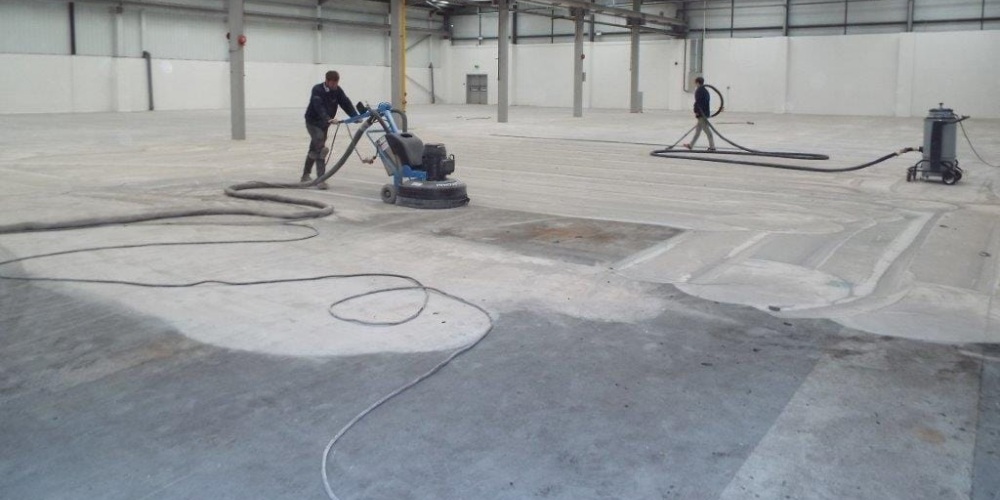The Protective Functions of 6 Pin Terminal Block
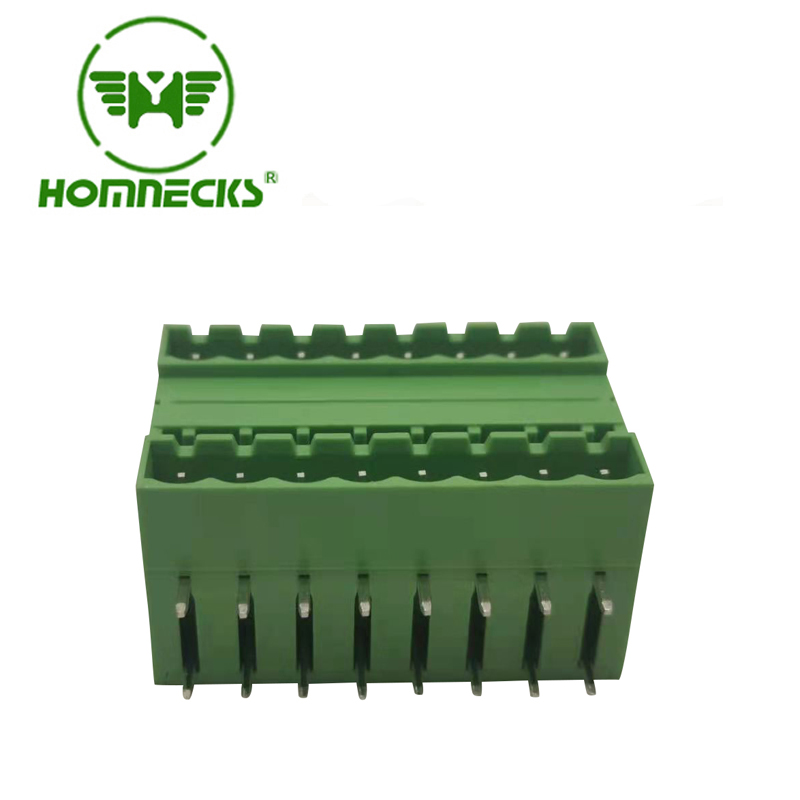
Introduction:
In modern electrical systems, the proper and secure connection of wires is vital for ensuring safe and efficient operations. One crucial component that facilitates these connections is the 6 pin terminal block. Designed to accommodate multiple wires, these terminal blocks offer various protective functions that enhance the reliability and safety of electrical installations. This article explores the protective capabilities of 6 pin terminal blocks and their significance in electrical applications.
Enhanced Connectivity with 6 Way Terminal Blocks:
6 pin terminal blocks, also known as 6 way terminal blocks, provide the ability to connect multiple wires within a single device. Whether it's in industrial machinery, automation systems, or electrical panels, these terminal blocks enable efficient and organized wire connections. The flexibility of the 6-way terminal block design allows for proper routing and management of wires, reducing the risk of short circuits and ensuring optimal electrical performance.
Secure Connections with 6 Pin Terminal Blocks:
The primary function of a terminal block is to establish reliable and secure connections between wires. 6 pin terminal blocks excel at this task by providing a robust interface for wire terminations. The secure clamping mechanism of the terminal block ensures that the wires are firmly held in place, preventing accidental disconnections and reducing the chances of electrical faults. Users can rely on the high-quality 6-pin terminal blocks, such as those offered by HOMNECKS, for dependable and durable connections.
Protection against Vibration and Mechanical Stress:
In various applications, electrical systems may be subjected to vibration and mechanical stress, which can impact the integrity of wire connections. 6-pin terminal blocks, designed with durability in mind, offer protection against these external factors. The sturdy construction and reliable clamping mechanism of these terminal blocks ensure that the wires remain securely connected, even in demanding environments. This feature enhances system stability and minimizes the risk of intermittent connections or failures.
Enhanced Safety Features of 6 Pin Terminal Blocks:
Safety is a top priority in electrical installations, and 6 pin terminal blocks contribute to this goal. With their insulating materials and design, these terminal blocks provide electrical insulation between the connected wires, reducing the risk of electrical hazards, such as short circuits or electrocution. Additionally, some 6pin terminal blocks may feature insulation barriers between adjacent pins, further enhancing safety by preventing accidental contact between wires.
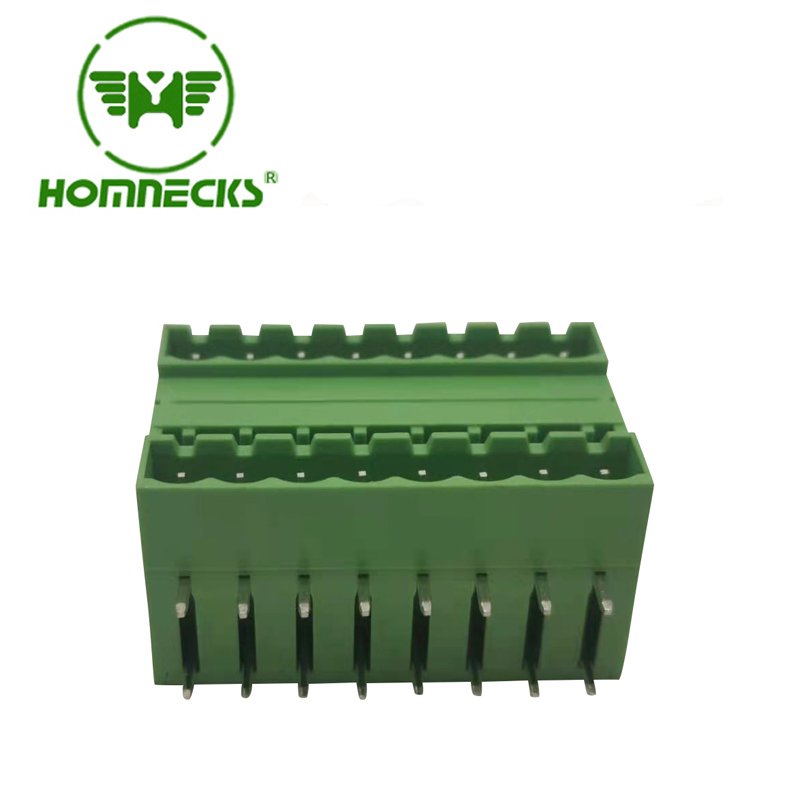
Flexibility and Expandability with 8 Pin Terminal Blocks:
Although our focus is on 6 pin terminal blocks, it is worth noting that certain applications may require additional connections. In such cases, terminal block 8 pin offer expanded capabilities. These terminal blocks provide two extra pins for connecting additional wires, accommodating evolving needs in complex electrical systems. The 8 way terminal blocks offer the same protective functions and secure connections as their terminal block 6 way , with the added benefit of increased expandability.
In summary, 6 pin terminal blocks play a crucial role in electrical systems by providing essential protective functions for wire connections. With their enhanced connectivity, secure connections, protection against vibration and mechanical stress, and focus on safety, these terminal blocks ensure the reliability and stability of electrical installations. As a reputable manufacturer, HOMNECKS offers high-quality terminal block 6 pin and related products to meet industry demands. Invest in the protective capabilities of HOMNECKS' PCB terminal blocks to enhance the safety and efficiency of your electrical systems.
